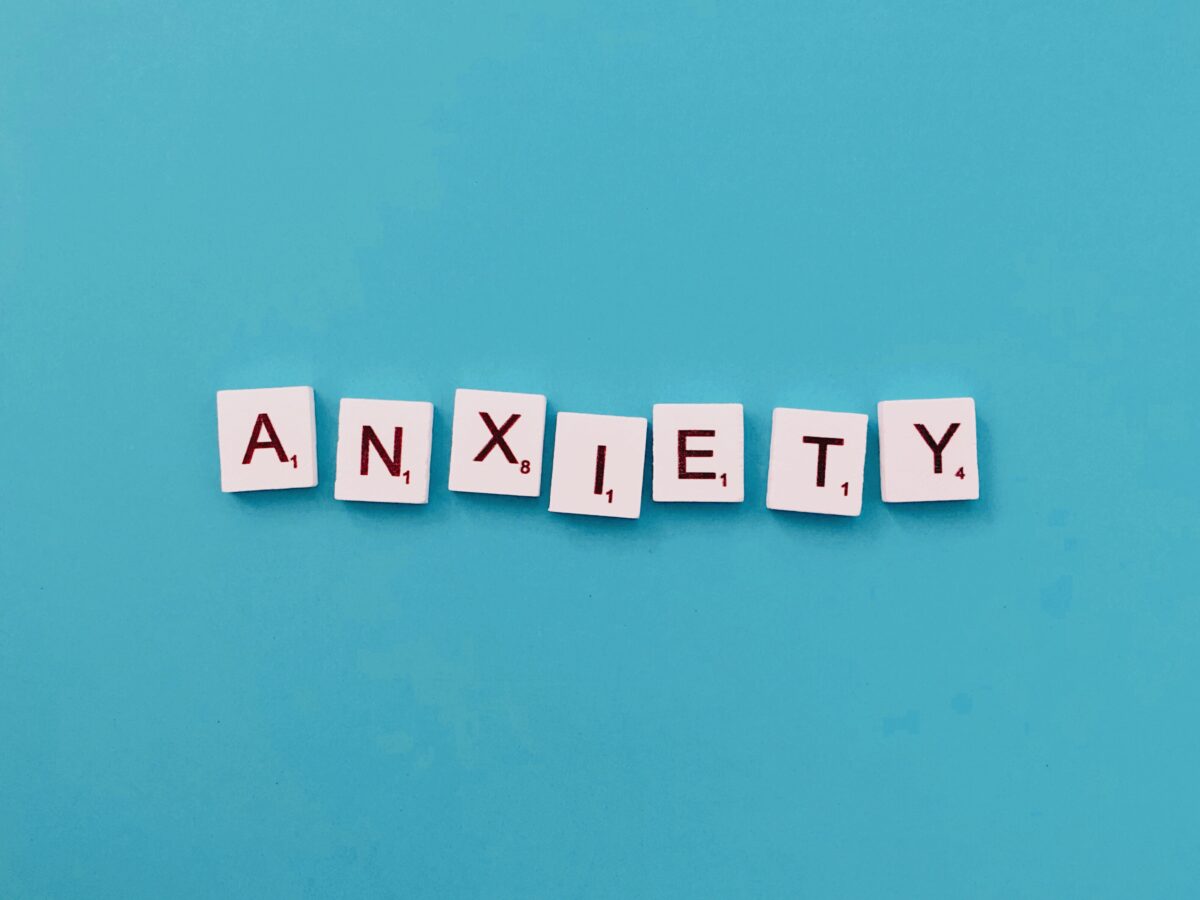Introduction
Generalized Anxiety Disorder (GAD) is a prevalent mental health condition that can affect individuals of all ages. Whether experienced by children, adolescents, or adults, GAD can significantly impact daily functioning and overall well-being. In this comprehensive article, we will explore the symptoms, causes, and strategies for managing Generalized Anxiety Disorder in different age groups, emphasizing the importance of early recognition and support for individuals of all ages.
Generalized Anxiety Disorder in Children: Identifying and Supporting Young Minds
Recognizing the signs of GAD in children is crucial for early intervention and support. Children with GAD may exhibit symptoms such as excessive worry, restlessness, difficulty concentrating, perfectionism, and physical complaints. To support young minds:
Generalized Anxiety Disorder in Adolescents: Navigating the Challenges of Adolescence
Adolescence is a period of significant change and increased vulnerability to anxiety disorders. Adolescents with GAD may experience persistent worrying, sleep difficulties, irritability, and physical symptoms. To support adolescents:
Generalized Anxiety Disorder in Adults: Managing Anxiety in Daily Life
Adults with GAD often face unique challenges as they navigate work, relationships, and responsibilities. Symptoms may include excessive worrying, restlessness, difficulty concentrating, irritability, and physical tension. To manage GAD in adults:
CONCLUSION
HOW IS GENERALIZED ANXIETY DISORDER (GAD) DIFFERENT FROM ANXIETY OR ARE BOTH THE SAME?
Anxiety is normal and to some extent a necessary element to focus attention or motivate people to take action. Anxiety becomes a disorder when an individual worries excessively which disrupts their ability to function daily. Generalized anxiety disorder (GAD) is a mental health condition that affects individuals of all age groups and affects their daily functioning and overall well-being.
Creating a safe surrounding, encouraging communication, open communication, educating them about anxiety and strategies to reduce anxiety, practicing self-care, and relaxation techniques, maintaining a healthy life and following a balanced diet, and seeking professional help can help individuals with GAD.
Related Articles:
Anxiety Disorders – Nurturing Mental Health and Support
What Is Anticipatory Anxiety? How can I stop worrying about the future?
Disruptive Mood Dysregulation Disorder (DMDD) – Understanding & Managing
Eating Disorders – Understanding and Overcoming
Autism Spectrum Disorder (ASD) – Nurturing Strengths, Fostering Inclusion



